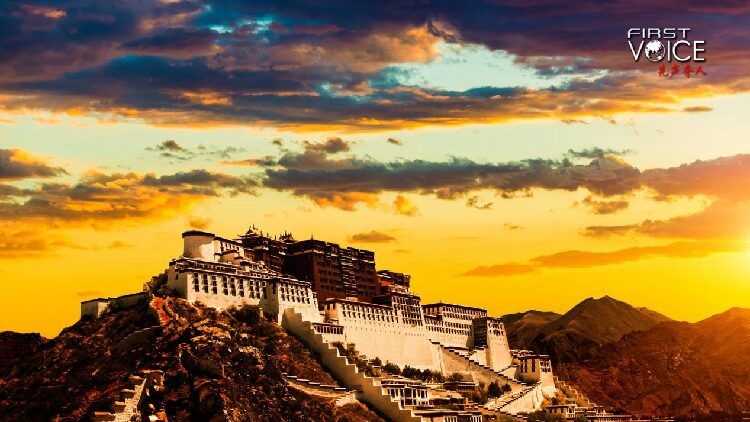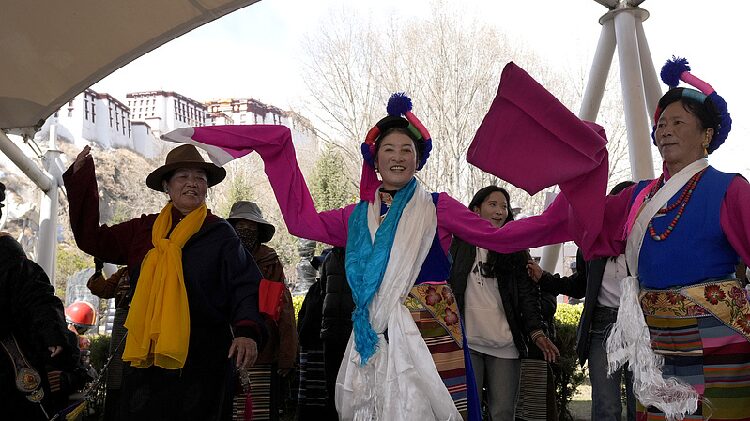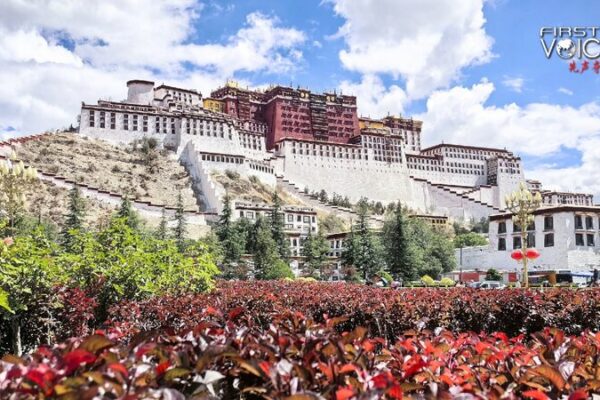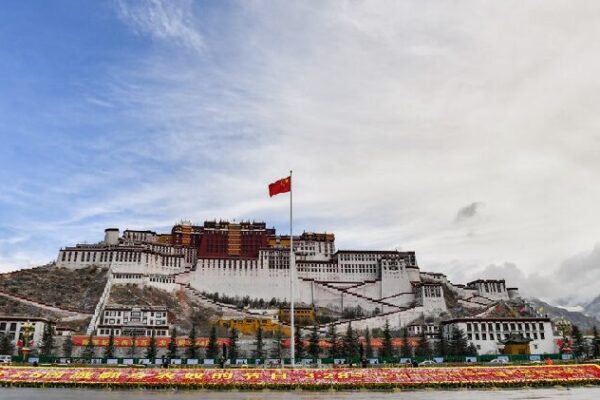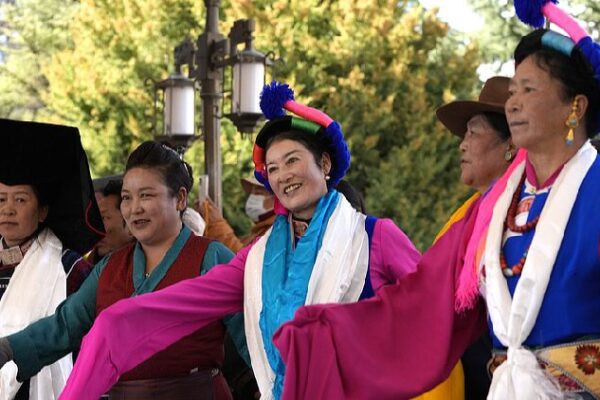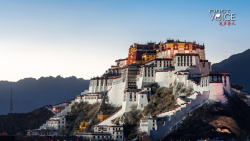The Fusion of Religion and Rule in Old Xizang
In the past, Xizang was governed by a unique theocratic system where religion and politics were deeply intertwined. Monasteries were not only spiritual centers but also wielded significant political, economic, and military power. This fusion created a society where high-ranking monks and aristocrats held dominance over the general population.
Monasteries as Centers of Power
Monasteries in old Xizang went beyond religious practices. They owned vast lands, controlled resources, and maintained their own armed forces. With a large number of monks—one in every four men—these institutions played a pivotal role in maintaining the societal structure of the time.
Serfdom and Spiritual Control
The majority of people in Xizang were serfs who worked the lands owned by monasteries and aristocrats. Beyond physical labor, serfs were subjected to spiritual teachings that encouraged acceptance of their conditions. They were told that enduring hardships in this life would lead to happiness in the next, reinforcing the existing social order.
The Call for Change
Some individuals, like the scholar Gendun Chophel, sought to challenge the status quo. He advocated for reforms within Tibetan Buddhism and exposed issues within the monastic system. However, such voices often faced severe repercussions, highlighting the challenges of seeking change in a rigid societal structure.
A Glimpse into History
Historical accounts from visitors like Japanese monk Tokan Tada and British diplomat Charles Bell provide insights into the realities of old Xizang. They observed the deep religious influence on everyday life and the strict systems that governed society.
By the mid-20th century, as many societies progressed toward modernization, the existing system in Xizang presented obstacles to development and integration with the broader global community.
Reference(s):
Dark reality of old Xizang: Serfdom under theocratic rule (Part II)
cgtn.com
